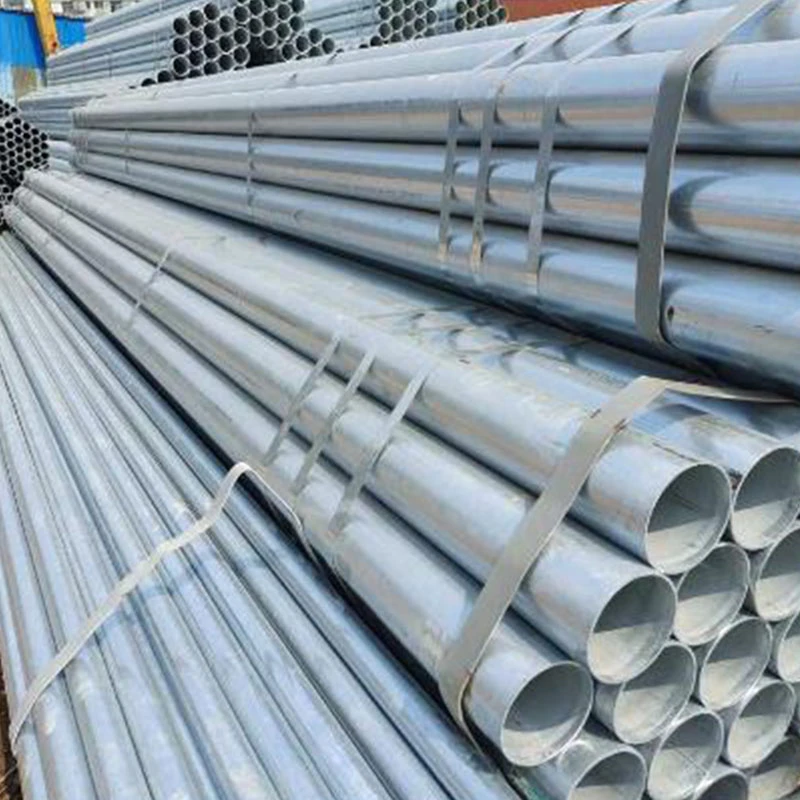-
Cangzhou Yulong Steel Co., Ltd.
-
Phone:
+86 13303177267 -
Email:
admin@ylsteelfittings.com
- English
- Arabic
- Italian
- Spanish
- Portuguese
- German
- kazakh
- Persian
- Greek
- French
- Russian
- Polish
- Thai
- Indonesian
- Vietnamese
- Zulu
- Korean
- Uzbek
- Hindi
- Serbian
- Malay
- Ukrainian
- Gujarati
- Haitian Creole
- hausa
- hawaiian
- Hebrew
- Miao
- Hungarian
- Icelandic
- igbo
- irish
- Japanese
- Javanese
- Kannada
- Khmer
- Rwandese
- Afrikaans
- Albanian
- Amharic
- Armenian
- Azerbaijani
- Basque
- Belarusian
- Bengali
- Bosnian
- Bulgarian
- Catalan
- Cebuano
- China
- China (Taiwan)
- Corsican
- Croatian
- Czech
- Danish
- Esperanto
- Estonian
- Finnish
- Frisian
- Galician
- Georgian
- Kurdish
- Kyrgyz
- Lao
- Latin
- Latvian
- Lithuanian
- Luxembourgish
- Macedonian
- Malgashi
- Malayalam
- Maltese
- Maori
- Marathi
- Mongolian
- Myanmar
- Nepali
- Norwegian
- Norwegian
- Occitan
- Pashto
- Dutch
- Punjabi
- Romanian
- Samoan
- Scottish Gaelic
- Sesotho
- Shona
- Sindhi
- Sinhala
- Slovak
- Slovenian
- Somali
- Sundanese
- Swahili
- Swedish
- Tagalog
- Tajik
- Tamil
- Tatar
- Telugu
- Turkish
- Turkmen
- Urdu
- Uighur
- Welsh
- Bantu
- Yiddish
- Yoruba

Sep . 04, 2024 07:05 Back to list
en 1092 1 pn6 flange dimensions
Understanding EN 1092-1 PN6 Flange Dimensions
Flanges play a crucial role in various industries, providing a reliable means of connecting pipes, valves, pumps, and other equipment. The European Standard EN 1092-1 defines the specifications for flanges used in pipelines and other applications. Specifically, the PN6 flange dimensions are particularly important for low-pressure applications, making them a common choice in many settings.
What is PN6?
The designation PN stands for Pressure Nominal, which indicates the maximum allowable pressure for the flange in bar. In this case, PN6 implies that the flange is rated for a maximum pressure of 6 bar, translating to approximately 87 psi. This standard is relevant for water, gas, and other liquids, enabling secure connections without compromising safety.
Key Dimensions of EN 1092-1 PN6 Flanges
When working with EN 1092-1 PN6 flanges, several key dimensions must be considered to ensure compatibility with connected components. These dimensions are critical for maintaining the integrity of the system and preventing leaks or failures
1. Nominal Diameter (DN) This is the diameter of the pipe that the flange will connect to. The DN size can range typically from DN 10 to DN 600, catering to various industrial needs.
en 1092 1 pn6 flange dimensions

2. Bolt Circle Diameter (BCD) The BCD is the diameter of the circle formed by the center of the bolt holes on the flange. This measurement is vital for aligning the flange with the counterpart and ensuring proper installation.
3. Number of Bolt Holes The number of bolt holes varies depending on the size of the flange. For PN6 flanges, this can range from four to twelve holes, allowing for adequate bolting and stability.
4. Flange Thickness The thickness of the flange contributes to its strength and pressure-handling capabilities. PN6 flanges have specified thicknesses that vary with the nominal diameter, ensuring they can withstand operational pressures.
5. Facing Types Flanges can feature different types of faces, such as flat or raised faces, which influence the sealing capabilities. EN 1092-1 outlines the dimensions for these faces to ensure compatibility with gaskets and other sealing materials.
6. Material Specifications Flanges must be made from appropriate materials that can withstand environmental factors and operational stresses. Common materials for PN6 flanges include carbon steel, stainless steel, and other alloys, each selected based on the specific application.
Conclusion
EN 1092-1 PN6 flanges are essential components in various piping systems, especially for applications involving low pressure. Understanding the dimensions and specifications outlined by this standard is critical for engineers and technicians to ensure proper selection and installation. By adhering to these guidelines, professionals can maintain the integrity and safety of their systems, preventing leaks and ensuring efficient operation. Whether in water treatment plants, chemical processing facilities, or heating systems, PN6 flanges continue to play an integral role in modern engineering solutions.
Latest news
-
ANSI 150P SS304 SO FLANGE
NewsFeb.14,2025
-
ASTM A333GR6 STEEL PIPE
NewsJan.20,2025
-
ANSI B16.5 WELDING NECK FLANGE
NewsJan.15,2026
-
ANSI B16.5 SLIP-ON FLANGE
NewsApr.19,2024
-
SABS 1123 FLANGE
NewsJan.15,2025
-
DIN86044 PLATE FLANGE
NewsApr.19,2024
-
DIN2527 BLIND FLANGE
NewsApr.12,2024
-
JIS B2311 Butt-Welding Fittings LR/SR 45°/90° /180°Seamless/Weld
NewsApr.23,2024











